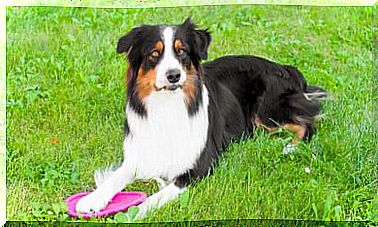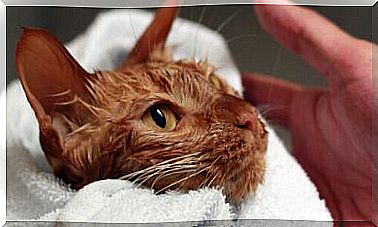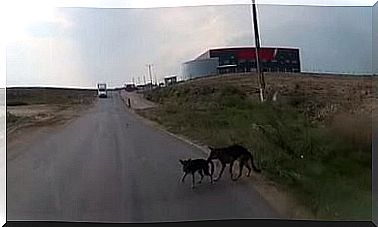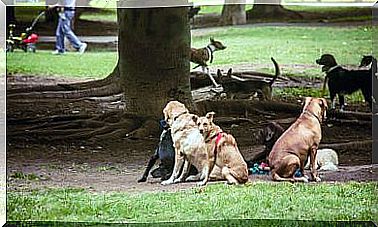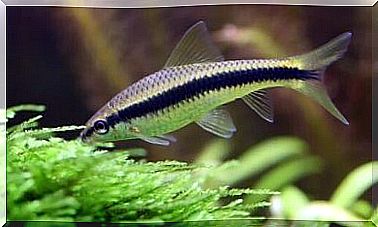Wounds, Haemorrhages, Fractures: How To Cure Your Dog

Accidents, bruises, injuries … and even fractures. Daily walks with your four-legged friend can hide a myriad of dangers and cause a whole series of unpleasant setbacks. Especially for his health. This is why it is important to have a basic understanding of emergencies and how to treat your dog immediately.
It is not always possible to take the animal to the vet. Other times, it will take some time before the intervention of the specialist and, therefore, you will have to take care of the first aid measures .
In the moments immediately following an accident, it is necessary to lay the dog on his right side and cover him with a blanket. This is a standard precaution that will allow you to calm the animal and take time out of a possible problem, even a serious one.

When your dog has been in an accident, you first need to figure out if he is still breathing. Check if his chest moves, rising and falling normally. If you need to check the animal’s pulse, close your thumb and forefinger on the inside of one of the two hind legs. It is necessary to take into account the fact that the number of normal beats for a dog, which does not exceed 13 kilos, is between 100 and 160 beats per minute.
Count the number of beats of your dog for 15 seconds and multiply this value by 4 : in this way you can get the correct value of the pulsations for each minute. You will repeat this operation to make sure that the count has been taken correctly.
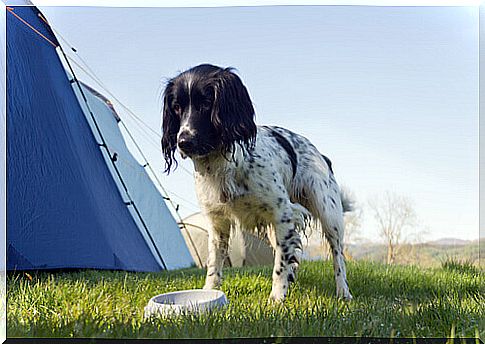
A very delicate moment is that of the transfer of the injured dog’s body from the vet or canine emergency room. It could be a very uncomfortable and painful operation for the animal. Remember to always keep your dog warm by placing a blanket on top of him. If you use your car to go to the doctor, it is best not to place it directly on the vehicle floor: braking could cause further damage.
Wounds, bleeding, fractures … treat the dog in case of an accident
- In case of blood loss, you will need to stop the bleeding as soon as possible. To do this, you could place some gauze soaked in water (cotton, in fact, could leave residues in the wounds). Once the bleeding has stopped, you will cut the hair surrounding the wound so that the air circulates and can close more easily. Have your veterinarian check the problem immediately.
- If the wounds are caused by another dog’s bite, in addition to cutting the hair around them, you will need to clean the infected area thoroughly. You can use lukewarm water and a skin-friendly disinfectant. Next, you will need to apply an antiseptic cream. If the wound is deep, you will need to go to the canine emergency room quickly.
- If you are sure of the presence of a fracture, you will need to handle the animal gently, being careful to avoid sudden movements. You can try to immobilize the paw or the affected area, but only if you have knowledge of first aid. If you do not know how to proceed, it is advisable to seek medical attention, in order not to aggravate the situation.
- Drowning. If the animal has symptoms of asphyxiation or suffocation due to the presence of water, you will have to hug it and lift it from the hind legs so that all the liquid leaves the lungs as soon as possible.
What to do in case of poisoning?
It is also possible that your dog will eat a poisoned meatball or swallow some toxic product in the house. In short, the risk of poisoning is real both on the street and inside the home. Fortunately, this problem is easy to detect, since the symptoms are very obvious : vomiting, dizziness, convulsions, etc. It may also be that the dog expels a considerable amount of white foam from the mouth.

In these cases, the first thing is to identify what caused the problem and take a sample of the product, food, or poison to the vet. In this way, we will help the doctor to establish the most correct and effective treatment. while you go to the clinic, make your four-legged friend drink plenty of water or milk to dilute the toxins present in the body.
If the toxic substance has already come into contact with the dog’s skin, you will wash it with plenty of water. In this way there will be no risk that the animal will lick it again. If necessary, you will also trim the hair around the affected area.
Eye problems
During walks, there are many risks that threaten your friend’s health. From grains of sand, to pointed tree branches, thorns, etc. If you notice lesions or injuries near the eyeball, but the eyelid is closed, you should not force the eye to open. Leave everything as it is and go to the vet immediately.
The first aid kit
If you live with a pet, it is a good idea to always keep a first aid kit on hand. There are, on the market, ready-made cases, but you can make your own, personalized. Don’t forget to include: gloves, scissors, iodine, gauze, adhesive tape, clinical thermometer, cotton, hydrogen peroxide, alcohol, dog patches, etc.
It is your job to monitor the health of your four-legged friend. Try to inform yourself and keep up to date about first aid operations, perhaps even by attending some courses offered by associations and dog centers. Knowing what to do and how to act in times of emergency will be a further guarantee for your dog’s well-being.
